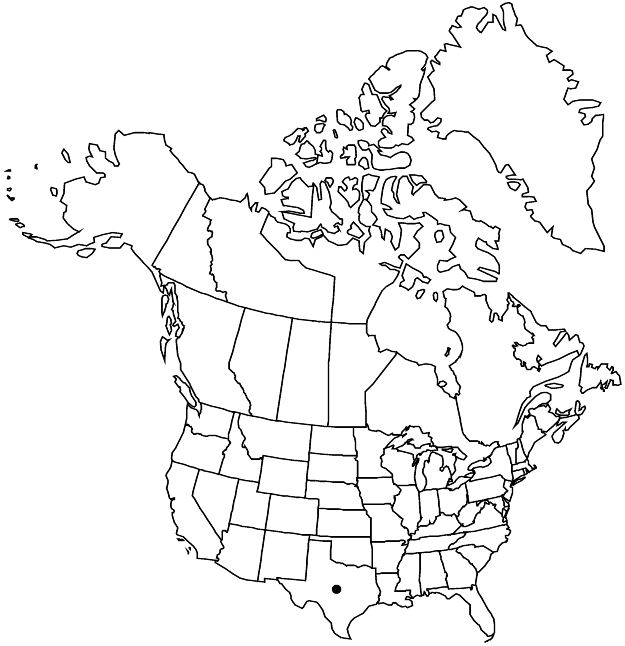Difference between revisions of "Croton parksii"
Bull. Torrey Bot. Club 69: 445, 457. 1942.
FNA>Volume Importer |
imported>Volume Importer |
||
| (4 intermediate revisions by 2 users not shown) | |||
| Line 37: | Line 37: | ||
-->{{#Taxon: | -->{{#Taxon: | ||
name=Croton parksii | name=Croton parksii | ||
| − | |||
|authority=Croizat | |authority=Croizat | ||
|rank=species | |rank=species | ||
| Line 52: | Line 51: | ||
|publication year=1942 | |publication year=1942 | ||
|special status=Endemic | |special status=Endemic | ||
| − | |source xml=https:// | + | |source xml=https://bitbucket.org/aafc-mbb/fna-data-curation/src/2e0870ddd59836b60bcf96646a41e87ea5a5943a/coarse_grained_fna_xml/V12/V12_872.xml |
|genus=Croton | |genus=Croton | ||
|species=Croton parksii | |species=Croton parksii | ||
Latest revision as of 19:18, 5 November 2020
Herbs, annual, 5–15 dm, dioecious. Stems much-branched distally, stellate-hairy. Leaves not clustered; stipules rudimentary; petiole 0.5–1.5 cm, glands absent at apex; blade elliptic, 2.5–6 × 1–2 cm, base rounded, margins entire, apex short-rounded, abaxial surface grayish green, densely stellate-tomentose, adaxial surface olive green, stellate-tomentose. Inflorescences unisexual; staminate subspicate to racemose or paniculate, 3–6 cm, flowers 3–20; pistillate capitate, 0.1–0.7 cm, flowers 1–3. Pedicels: staminate 0.5–2 mm, pistillate 0.5–1.5 mm (1–3.5 mm in fruit). Staminate flowers: sepals (5–)6, 3 mm, abaxial surface lanose, margins ciliate; petals 0; stamens 10–15. Pistillate flowers: sepals 5, equal, 2 mm, margins entire, apex incurved and ± hooded, abaxial surface densely stellate-hairy; petals 0; ovary 3-locular; styles 3, 2 mm, irregularly 2–3 times 2-fid, terminal segments 24, forming matted cluster. Capsules 8–9 × 9–10 mm, verrucose; columella 3-winged. Seeds 6–7 mm diam., shiny.
Phenology: Flowering Jun–Dec.
Habitat: Deep sandy soils.
Elevation: 0–50 m.
Discussion
Croton parksii, found on the southern Gulf Coastal Plain, is closely related to C. texensis, with which it shares capsules with conspicuous scurfy bumps covered by stellate hairs. Although they appear to intergrade where their ranges overlap around Wilson County, they can generally be distinguished by C. parksii being more robust, with larger capsules and seeds, and more densely tomentose leaves.
Selected References
None.
